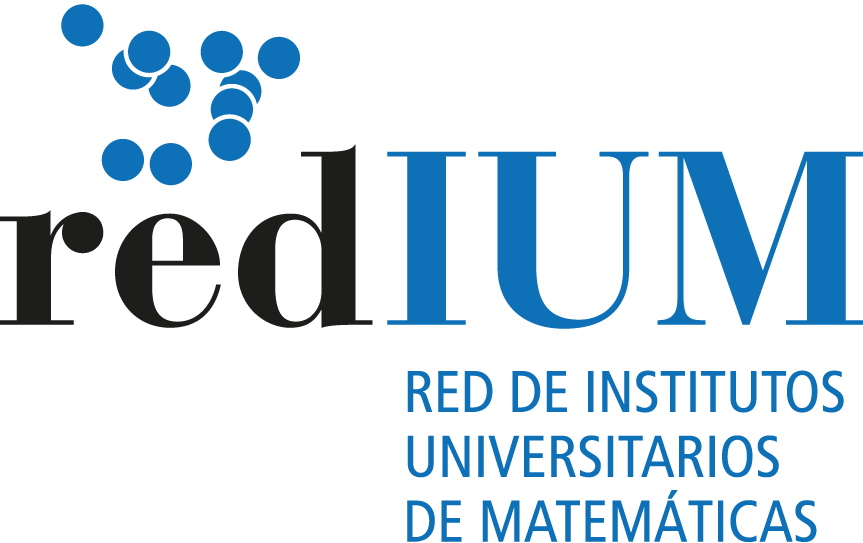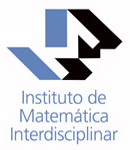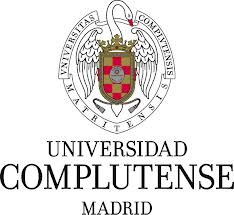- Programmes
Ionospheric studies
Brief description:
Space technology is a critical subject for the everyday life and security of European citizens. The goal of the work of the UCM Group of Ionospheric Studies and Global Navigation Satellite Systems (GNSS), Ref. 910596, is to study some of the key questions involved in space weather analysis from solar energetic phenomena to their effects on space technology by using a broad and interdisciplinary collaboration. The main objective is to reduce the vulnerabilities of Global Navigation Satellite Systems (GNSS), (space and ground segments) and spacecraft due to space environment events.

Figure -Trayectorias descritas por un electrón bajo diferentes configuraciones de campo magnético utilizando para ello una discretización de las ecuaciones de movimiento en coordenadas cartesianas.
The ionosphere is the main threat to the reliable and safe operation of GNSS and to other electromagnetic signals operating below 10 GHz as HF and satellite communications, remote sensing and Earth observation systems. This influence becomes much more critical in bad space weather conditions. For this reason increasing the knowledge of both the structure and the variability of the ionosphere is an important task in the development of the applications of positioning and navigation.

Figure - Los paneles superiores corresponden con los perfiles de campo magnético (nT) obtenidos, a partir de los ionogramas de la sonda MARSIS a bordo de Mars Express (MEX), a la altura de la nave en función de la latitud. Los paneles inferiores muestran la trayectoria de MEX en el momento en el que las medidas fueron tomadas.
Aims of the program:
1. To establish a comprehensive catalogue of major disturbances for solar cycle 23 and 24 classified according to their impact on space assets.
2. To evaluate the Ionospheric anomalies by studying the TEC and its Rate of Change (ROT).
3. To identify the triggering values for selected terrestrial disturbances related to CHAR-Risk events.
4. To develop software tools to analyze the Rinex Files given by permanent GNSS stations for obtaining TEC values and their rate of change (ROT). An Euler-Goad model adapted to process multi-system and multi-frequency GNSS observations will be used.
5. To produce outreach and educational material for increasing public awareness of solar activity and the vulnerability of society to space weather.
Website: http://pendientedemigracion.ucm.es/info/Geofis/Estudios_Ionosfericos/
Researchers: Gracia Rodríguez Caderot (Associate Professor, Fac. Math. UCM)
Miguel Herraiz Sarachaga (Full Professor, Fac. Physics UCM)
Izarra Rodríguez Bilbao (PhD Student, Fac. Physics UCM)
Marta Rodríguez Bouza (PhD Student, Fac. Physics UCM)
Beatriz Moreno Monge (Post-doc, GeoForschungsZentrum GFZ, Munich)
Benito A. de la Morena Carretero (Instituto Nacional de Técnica Aeroespacial INTA)
Francisco Sánchez-Dulcet (PhD Student, Fac. Physics UCM)
Iria Blanco Cid (PhD Student, Fac. Physics UCM)
External collaborators: S. M. Radicella (ICTP Trieste, Italy)
L. Ciarolo (IFAC-CNR Florence, Italy)
Dr. Pulinets (IZMIRAN Moscow)
The project is running in the framework of the collaboration with the following scientific and technological centers:
- International Centre for Theoretical Physics (Trieste, Italy).
- Istituto di Fisica Applicata “Nello Carrara”, Consiglio Nazionale delle Ricerche (IFAC-CNR).
- IZMIRAN. Moscow.
- Universidad de Jaén.
- Instituto Nacional de Técnica Aeroespacial (INTA).
- GMV Aerospace Defence
- Observatorio del Ebro.
- Partners of European Collaborative Project:
- Universidad de Alcalá (Spain)
- Finnish Meteorological Institute (Finland)
- Etamax Space GmbH (Germany)
- CRISA (Spain)
- European Union Satellite Centre (UE).
- Space Technology Ireland (Ireland).
- The scientific and technological Research Council of Turkey (Tübitak).
- Last News
- Tribuna Complutense. En la ciencia y en la vida, todo está escrito en matemáticas (artículo sobre el curso de verano "Matemáticas ¿para qué?"). 3rd July 2017. Read more
- RedIUM
 IMI is a member of RedIUM, Red de Institutos Universitarios de Matemáticas. See List of members. See official website.
IMI is a member of RedIUM, Red de Institutos Universitarios de Matemáticas. See List of members. See official website. - Ph.D. programsIMI researchers are currently involved in the following Ph.D. programs in Mathematics:


